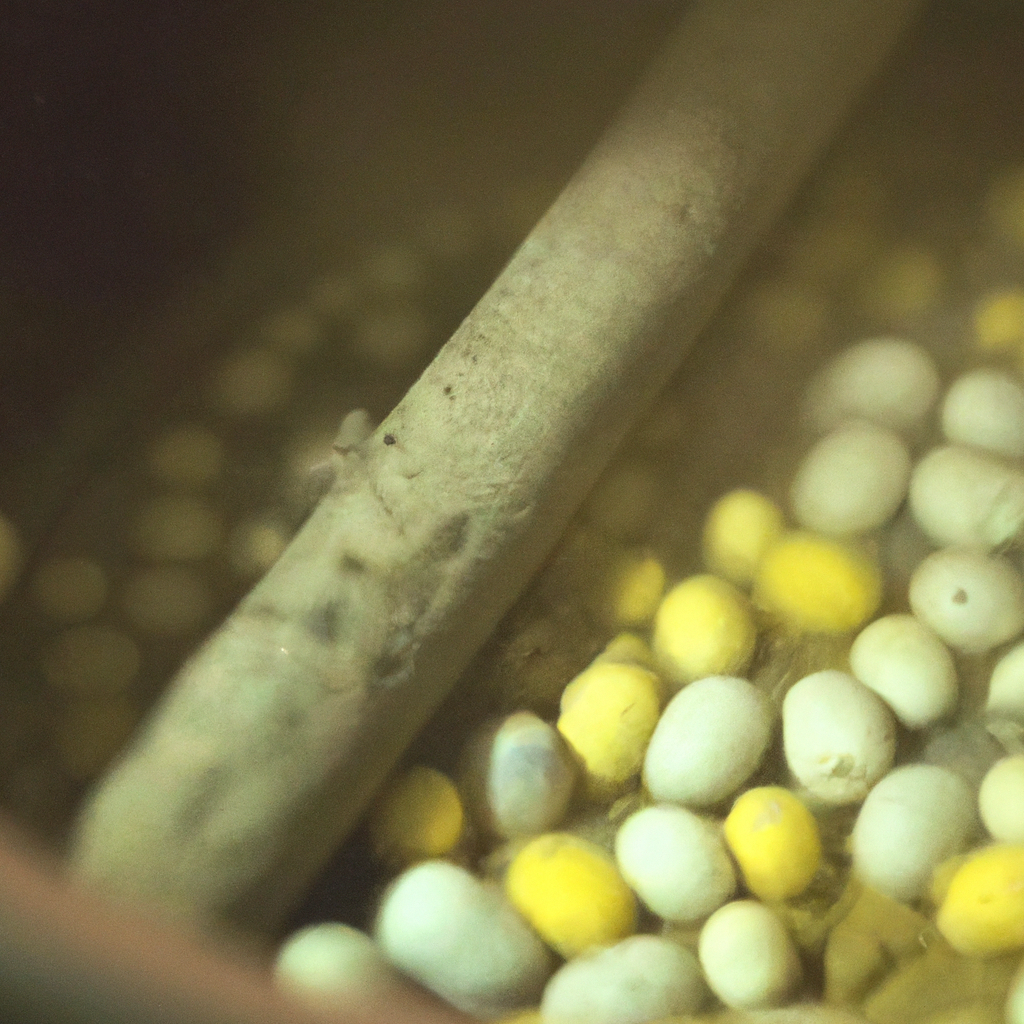Silk is a luxurious fabric that has been prized for centuries for its softness, luster, and durability. It is made from the cocoons of silkworms, which are the larvae of silk moths. The process of silk production, known as sericulture, involves many steps, from raising the silkworms to harvesting the silk fibers and manufacturing the fabric. In this article, we will explore in detail how silk is made from silkworms.
Raising Silkworms
The first step in silk production is raising silkworms. Silkworms are not actually worms, but rather caterpillars of the Bombyx mori moth. They are raised in controlled environments, such as silk farms or homes, where they are fed a diet of mulberry leaves. Silkworms are extremely sensitive to changes in temperature, humidity, and light, so their environment must be carefully controlled. The silkworms molt four times, growing larger with each molt, and eventually spin a cocoon around themselves.
Harvesting Silk Fibers
Once the silkworms have spun their cocoons, the cocoons are harvested for their silk fibers. To do this, the cocoons are boiled in water to kill the silkworms inside and dissolve the sticky substance that holds the cocoon together. This process, called degumming, also removes any impurities from the silk fibers. The silk fibers are then unwound from the cocoon, which can be done by hand or by using a machine. Each cocoon can yield up to 1,000 yards of silk fiber.
Manufacturing Silk Fabric
After the silk fibers are harvested, they are spun into thread or yarn, which is then woven into fabric. Silk manufacturing involves many steps, including dyeing, printing, and finishing. The quality of the silk fabric depends on the quality of the silk fibers and the skill of the weavers and dyers.
Silk Production Around the World
Silk production is a labor-intensive process that requires a lot of skill and knowledge. Historically, silk production was concentrated in China, where it was a closely guarded secret for centuries. However, silk production has spread to other countries over time, including Japan, India, Italy, and France. Today, China still produces the majority of the world’s silk, followed by India and Uzbekistan.
Uses of Silk
Silk is a versatile fabric that can be used for many purposes, from clothing to home furnishings to industrial applications. Silk is prized for its softness, luster, and durability, as well as its ability to drape and flow beautifully. Silk is also naturally hypoallergenic, making it a good choice for people with sensitive skin.
Conclusion
Silk production is a fascinating process that has been refined over centuries. From raising silkworms to harvesting silk fibers to manufacturing silk fabric, each step requires skill, knowledge, and attention to detail. Silk is a luxurious fabric that has been prized for centuries for its softness, luster, and durability. Whether you’re wearing silk clothing, sleeping on silk sheets, or using silk for industrial applications, you can appreciate the beauty and craftsmanship that goes into each piece of silk.







